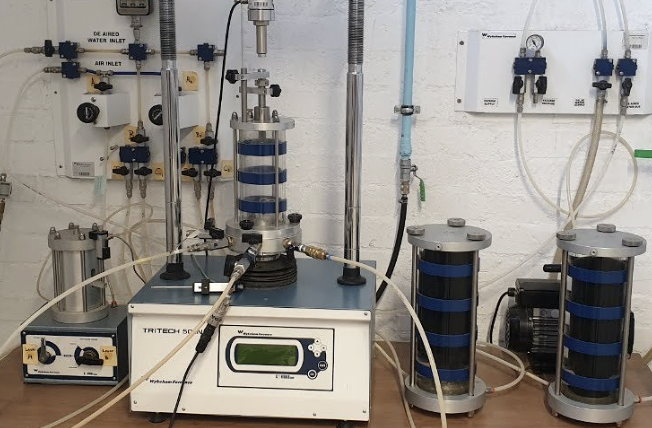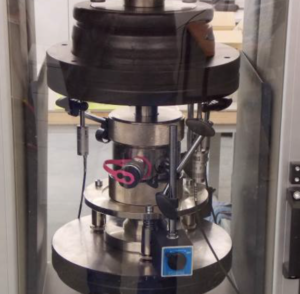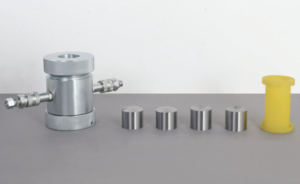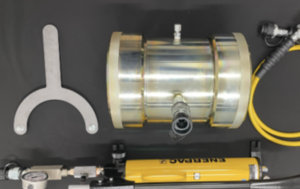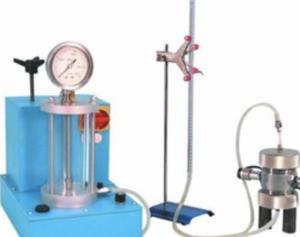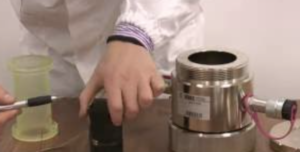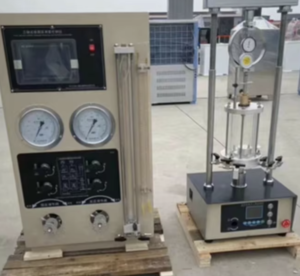Vacuum pumps are critical in ensuring the accuracy and reliability of soil triaxial tests. They play multiple roles, from specimen preparation to maintaining test conditions.
In triaxial testing, vacuum pumps are used for membrane mounting, sample saturation, and controlling pore pressure—ensuring consistent, accurate results in geotechnical analysis.
How Vacuum Pumps Support Membrane Mounting
One of the earliest steps in triaxial test preparation is placing a latex membrane over the soil specimen. A vacuum pump1 simplifies this process by:
- Creating a vacuum inside the membrane to expand it
- Allowing easy placement over the soil specimen without stretching or tearing
- Ensuring a tight, wrinkle-free fit that prevents leakage
This process reduces manual handling errors and improves membrane integrity2, which is crucial for maintaining test accuracy.

Enhancing Sample Saturation with Vacuum Pressure
Saturation is a key step in triaxial testing3 to remove entrapped air from the soil specimen. Vacuum pumps assist by:
- Applying negative pressure to the sample before water saturation
- Increasing the efficiency of back pressure saturation
- Reducing the time needed to achieve B-values4 close to 1.0, indicating full saturation
The result is a specimen that better replicates in-situ conditions, leading to more reliable shear strength measurements.
Maintaining Pore Pressure Stability During Testing
During consolidation and shear phases, maintaining stable pore pressures is essential. Vacuum pumps can:
- Assist in controlling pore pressure gradients5
- Help avoid sudden pore pressure drops that could destabilize the sample
- Support cyclic or constant load testing where precise pressure control is critical
This stability directly impacts the repeatability of triaxial test results6.
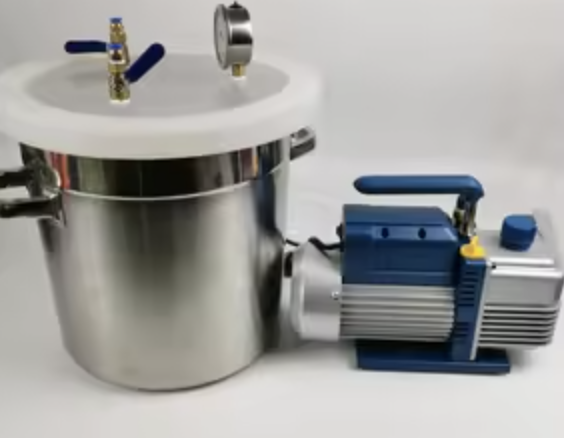
Key Specifications When Selecting a Vacuum Pump for Geotechnical Labs
When choosing a vacuum pump for triaxial testing, labs should consider:
| Specification | Importance for Triaxial Testing |
|---|---|
| Ultimate Vacuum Level7 | Determines membrane mounting efficiency and air removal capability |
| Flow Rate (L/min)8 | Impacts how quickly a vacuum can be established |
| Oil vs. Oil-Free Design | Oil-free pumps require less maintenance; oil pumps may achieve higher vacuums |
| Noise Level | Important for lab working conditions |
| Durability | Ensures long-term consistent performance |
Selecting the right pump ensures operational efficiency and reduces downtime due to equipment failure.
Conclusion
Vacuum pumps are indispensable in soil triaxial testing, improving membrane mounting, enhancing saturation, and maintaining pore pressure stability. By understanding their roles and selecting a pump with the right specifications, geotechnical labs can achieve greater test precision and operational efficiency.
-
Understanding the function of a vacuum pump can enhance your knowledge of soil testing techniques and improve accuracy. ↩
-
Exploring membrane integrity will provide insights into maintaining test accuracy and reliability in geotechnical engineering. ↩
-
Exploring triaxial testing will provide insights into soil behavior under stress, essential for accurate engineering applications. ↩
-
Understanding B-values is crucial for interpreting soil saturation levels, which directly impact shear strength measurements. ↩
-
Understanding pore pressure gradients is crucial for effective soil stability management and testing. ↩
-
Exploring triaxial test results can enhance your knowledge of soil behavior under stress, vital for engineering applications. ↩
-
Understanding the ultimate vacuum level is crucial for effective membrane mounting and air removal in triaxial testing. ↩
-
Exploring flow rate impacts can help you establish a vacuum quickly, enhancing testing efficiency. ↩

